When I first listened to podcast episode #450 by author David Asher, I was amazed by the incredible difference between commercial and ancestral methods of cheesemaking. He explained how commercially produced cultures, GMO rennet, and even plastics are used at various stages of the process, which can affect both taste and health. In contrast, Natural Cheese Making methods rely on time-tested traditions that produce truly delicious products. I remember thinking how these old techniques connect us to something pure—something that transforms simple ingredients into something extraordinary.
At home, I decided to try one of Asher’s brilliant tips—using a sourdough starter to create a homemade cheese culture. It felt magical to watch nature do its work without synthetic help. This Natural Cheese Making approach not only gave me better flavor but also boosted my confidence in making real food with intention. The process was slow but deeply rewarding, reminding me that the old methods often lead to better and more authentic results.
About David Asher
When I first learned about David Asher, I was inspired by his journey as a pioneer in Natural Cheese Making, blending the traditions of dairying, fermentation, and coagulation into an ancient yet living craft. Once a farmer and goatherd along the west coast of Canada, he now travels widely, sharing his knowledge through the Black Sheep School of Cheesemaking. What struck me most was his belief that real food should grow from living cultures and not from synthetic shortcuts—a philosophy that perfectly captures the essence of this timeless craft.
Through his teaching, David encourages cheesemakers around the world to create cheeses using in-house starter cultures and natural rennet from calves and kids. His approach highlights the deep connections between fermented foods and small-scale traditional food production, showing how ancient practices can thrive even in our modern world. Watching his work made me appreciate the patience and purity behind Natural Cheese Making, where every wheel of cheese feels like a story reclaimed from the past—a true celebration of tradition and craft.
What is Natural Cheese Making?
When I asked David about Natural Cheese Making, his words completely changed how I looked at milk and cheese. He described it as a different approach—one that respects the living essence of milk instead of relying on pasteurized and freeze-dried starter cultures. Unlike cheesemakers who depend on genetically modified enzymes to curdle milk, the ancient methods use time, patience, and nature’s rhythm. There’s a deep respect for the raw ingredient—its microbes, flavor, and life. Modern processes may seem convenient, but they often strip away the healthfulness and nourishment that make real cheese so special.
In a nutshell, Natural Cheese Making celebrates purity. The fermented milk, guided by natural rennet and traditional techniques, slowly transforms into a wholesome product. I’ve seen how materials like clay, wood, straw, and copper help create the perfect conditions for this transformation—nothing synthetic, nothing rushed. Sadly, today’s industrial systems rely heavily on plastic, an alarming shift that affects both the health of the cheese and the people consuming it. Going back to nature’s way isn’t just nostalgic—it’s necessary.
Starter Cultures
When I first learned from David about using dairy kefir as a starter culture, it completely changed how I approached Natural Cheese Making. He explained that once you obtain a healthy kefir culture, you can maintain it forever, keeping it alive with fresh milk. I’ve tried this at home, and it truly brings out deep flavor and character in the cheese. For those without access to kefir, clabber—milk left to ferment naturally for a few days—works beautifully too. These age-old methods show that we don’t need modern freeze-dried cultures to make good cheese; we just need patience and care.
In his book Milk Into Cheese, David teaches how to make your own thermophilic or mesophilic cultures, allowing you to skip buying commercial packets altogether. Each category serves a unique purpose—thermophilic for cheesemaking that requires heated milk to reach a certain temperature, and mesophilic for gentler recipes like homemade buttermilk. He reminds us that relying on laboratories for ferments distances us from real food traditions. Instead, when our milks turn to cheese through natural means, we reconnect with the essence of Natural Cheese Making—a centuries-old craft rooted in authenticity that industrial methods have nearly eliminated.
Milk Type
When David and I first discussed raw milk for cheesemaking, we agreed that it’s the heart of great cheese. No matter which animal it comes from—sheep, goats, or cows—each gives its own unique flavor profiles, making every batch distinct. In Natural Cheese Making, raw milk is where true character begins. I’ve found that in some areas, people even sell it as pet food to make it easier for others to access fresh dairy. If you’re near local farmers raising cows for raw milk, it’s often worth asking around. But when that’s not an option, commercial milk can still work if you choose wisely—look for pasteurized milk treated at a low temperature, not the ultra-pasteurized kind. When the cream rises to the top, that’s your sign of real, low-heat freshness. I always buy it on the same day it’s delivered to the grocery store—that’s my ideal choice for rich, full-bodied results.
One fascinating tip that amazed me came from David: you can actually reverse some pasteurization effects by adding a starter culture. This reintroduces the beneficial bacteria that were killed during heating, giving the milk its natural vitality back. In Natural Cheese Making, this simple step bridges science and tradition, restoring life to the milk and flavor to the final cheese. Even more interesting, a sourdough or clabber starter works beautifully—they share similar properties and can even be used interchangeably. I once used clabbered milk to bake bread, and the result was extraordinary—alive with flavor, texture, and the quiet reminder that nature still knows best.
How to Clabber Milk with Sourdough Starter
At home, I love experimenting with traditional cheesemaking, and learning how to clabber milk using an active sourdough starter has become one of my favorite methods. In Natural Cheese Making, this simple process captures the beauty of working with living cultures. To begin, I take a cup of fresh milk and mix in a tablespoon of the starter. I stir it gently and leave it on the counter for about 48 hours, allowing the milk to sour and curdle naturally. The result is a living culture, full of rich, tangy flavor that feels alive with possibility.
The next day, I take a spoonful of that curdle and add it to another cup of fresh milk, repeating the process for 12–24 hours. Each round develops a stronger and more resilient culture that thickens faster over time. In Natural Cheese Making, maintaining this daily feeding schedule helps preserve the balance of good bacteria, turning your kitchen into a thriving space for fermentation. Once this rhythm is created, you’ll have your own homemade clabber culture—a beautiful foundation for crafting authentic cheeses the old-fashioned way.
Best Cheeses to Start With
When David shares his approach to Natural Cheese Making, it feels both inspiring and practical. I’ve learned that the process can actually create consistent cheeses without needing a long list of commercial tools or complicated recipes. In my own experience, this simplicity made me love the art even more. There’s something satisfying about learning how to eliminate unnecessary steps and still achieve flavors that feel authentic and homemade.
I was especially glad to hear that many beginners succeed by trusting their instincts instead of rigid instructions. In Natural Cheese Making, the craft becomes less about perfection and more about patience. As you experiment, you begin to notice how subtle changes shape texture and taste—proof that even the most natural methods can create results as consistent as any store-bought option.
Soft Cheeses
When starting out in Natural Cheese Making, David recommends trying cream cheese or chèvre first. It’s simple: take fresh milk, add your natural starter culture and rennet, then let it sit for 24 hours. During this time, the milk will sour and curdle, forming soft curds. I’ve found that gently straining the curds from the whey through cheesecloth gives the cheese a smooth texture while keeping the flavors delicate. A pinch of salt finishes it off, and the cheese is ready to enjoy.
This method is perfect for beginners because it’s forgiving and teaches the fundamentals of fermentation and milk transformation. Through Natural Cheese Making, adding the starter and letting nature do its work helps you understand how simple ingredients can create rich, fresh cheese at home. I still remember my first batch—watching the milk slowly turn into a soft, tangy chevre was an unforgettable introduction to this craft.
Hard Cheeses
When it comes to hard cheeses, David does not recommend starting with something like cheddar because it’s too involved and time-consuming for beginners. Instead, he suggests trying a French cheese called Tomme, which is surprisingly approachable. In the spirit of Natural Cheese Making, this cheese only takes about an hour and a half to prepare, using 2–5 gallons of milk, and doesn’t require a cheese press. I tried it myself, and the simplicity of the process was refreshing compared to the long, complicated steps of traditional hard cheeses.
Tomme is one of the most sought-after cheeses in Europe, and its recipe can be found in David’s books. Following the instructions, I realized that even a time-consuming type of cheese can feel manageable when broken down into clear steps. Through Natural Cheese Making, I learned that understanding the basics of milk handling and curd formation is far more important than rushing through a complex process, and the end result is a delightful, creamy hard cheese that’s perfect for beginners looking to expand their cheesemaking skills.
Storage Times
When it comes to cheeses made with natural cultures, David explains that they can be stored for a surprisingly long time. As the fresh cheese sits, the ripening cultures gently change it into an aged cheese without going bad. In Natural Cheese Making, this slow transformation is part of the magic—it’s fascinating to watch how the rinds become stronger and the veining in cheeses like bleu develops more deeply over time.
The molds that form are much like the yeasts in bread—not to be feared, but rather embraced and enjoyed. They add unique flavors and help develop the character of the cheese, making each wheel distinct and alive. Understanding this process taught me that patience is key, and letting nature take its course is what makes Natural Cheese Making truly rewarding.
Necessary Cheesemaking Supplies
In Natural Cheese Making, having the right tools is essential, and David always emphasizes starting with a proper pot. Whether you choose a smaller one-gallon or a larger 5-gallon pot, a dedicated one ensures the flavors from other foods don’t affect your cheeses. A draining table provides a space to keep your cheeses high and dry, avoiding contact with whey. For shaping, cheese forms made from natural materials like clay by a local potter are ideal—you can skip plastic and even improvise with stainless steel, a pasta pot, or a steam pot with holes for draining.
You’ll also need an aging area—a cool and humid environment. A wooden box in your refrigerator works well when you’re just starting out, or you can invest in a cheese cave to control temperature and humidity precisely. In Natural Cheese Making, having natural cultures is key, whether milk, kefir, clabber, or a sourdough starter, to develop your own starter and bring life to your cheese. These tools and supplies create the foundation for successful cheesemaking and ensure your creations develop authentic flavors and textures.

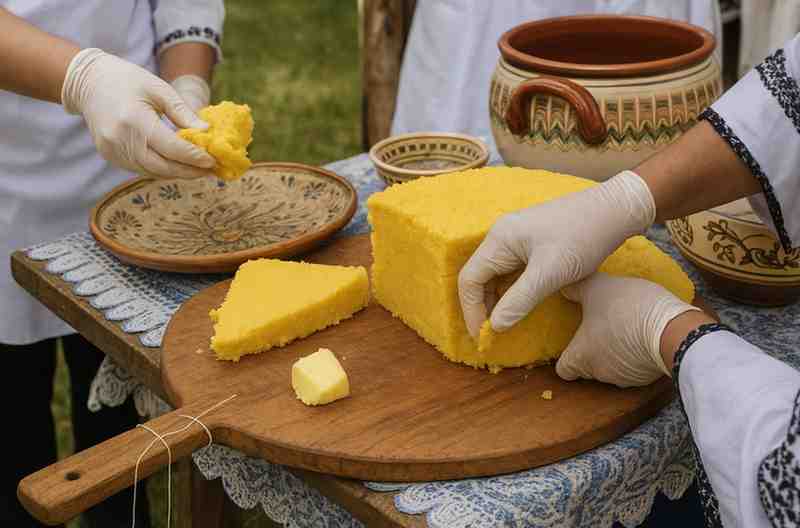

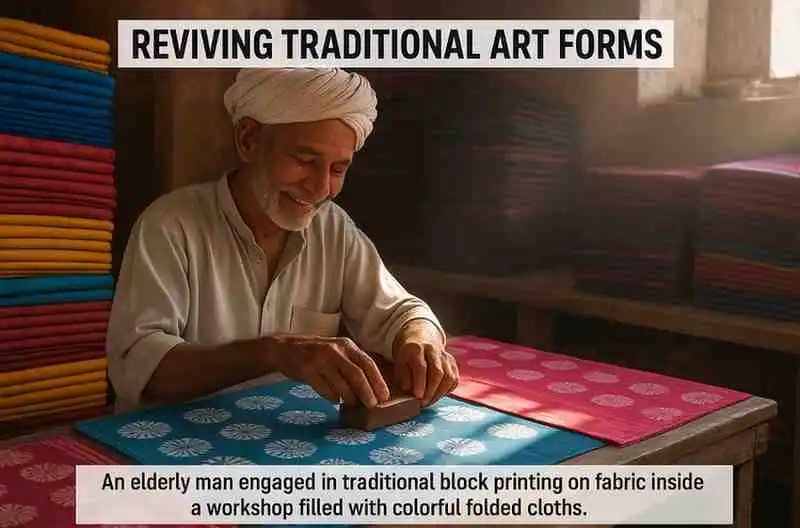
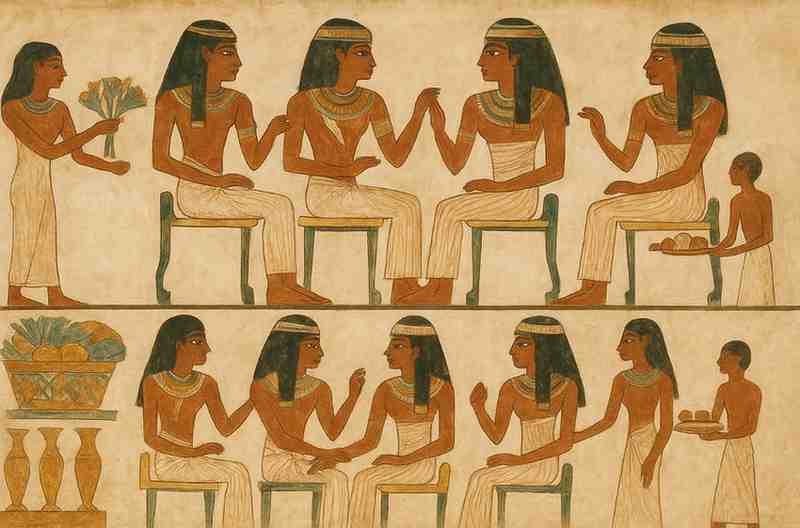
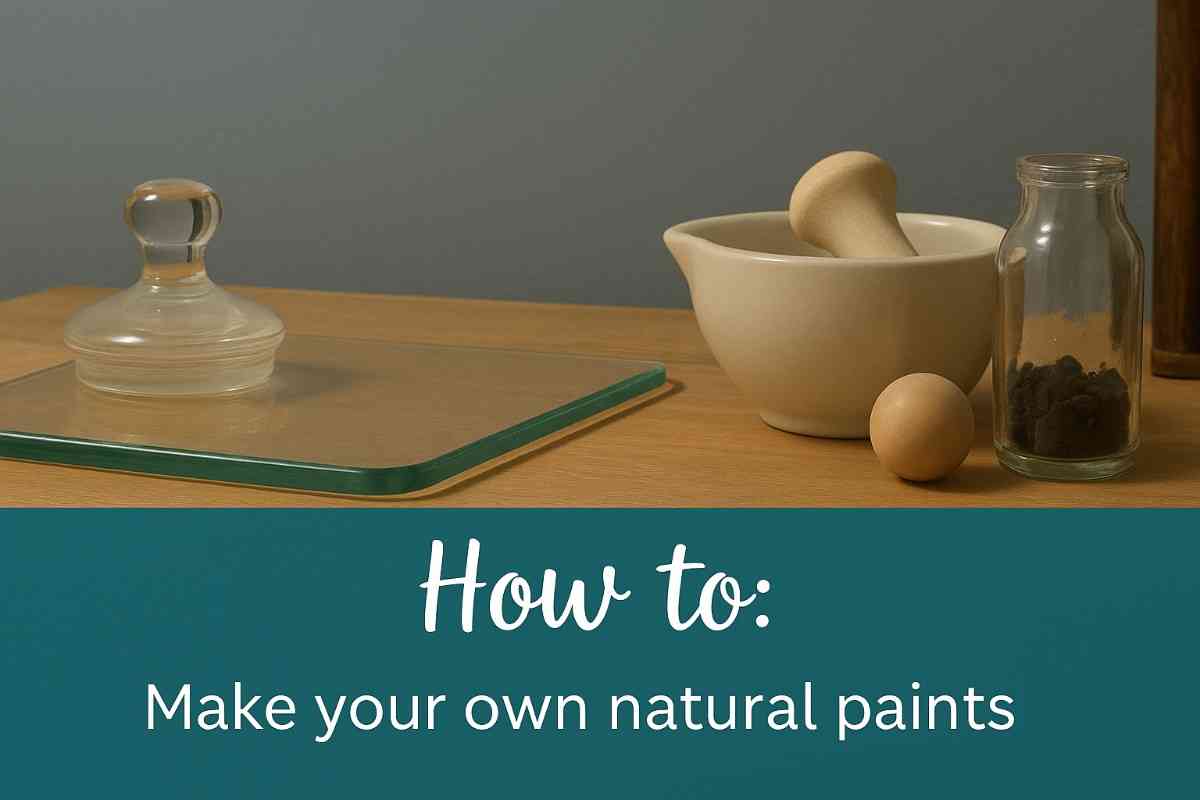

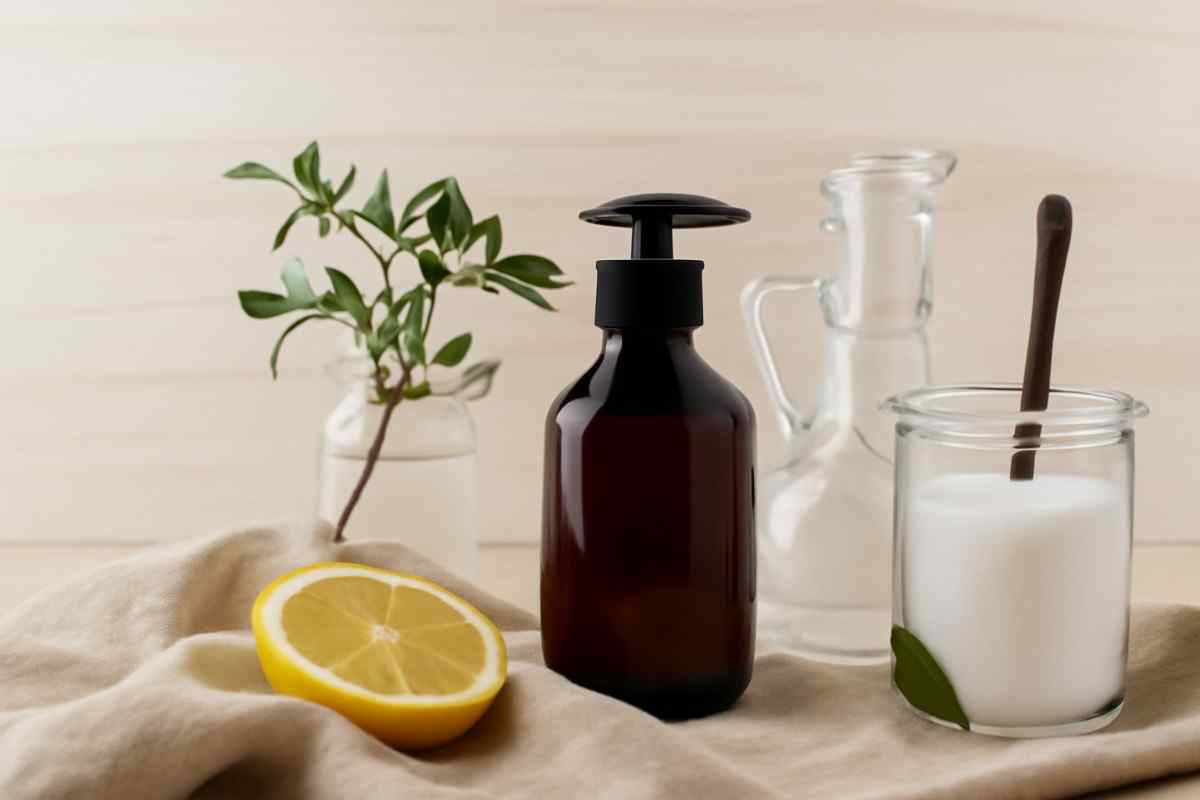
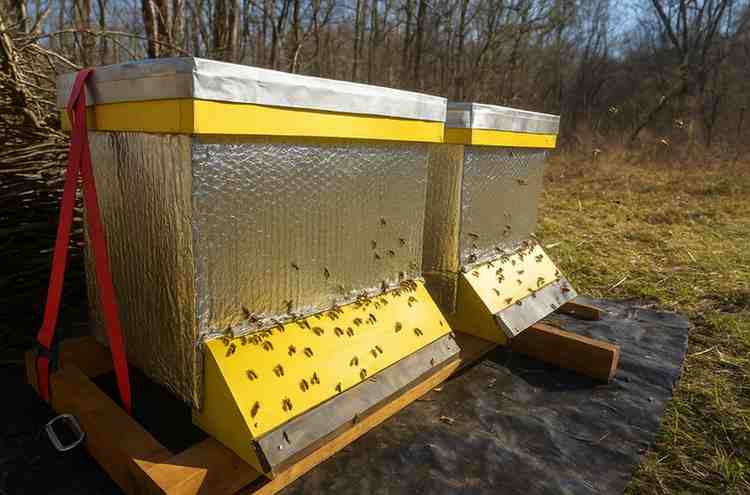


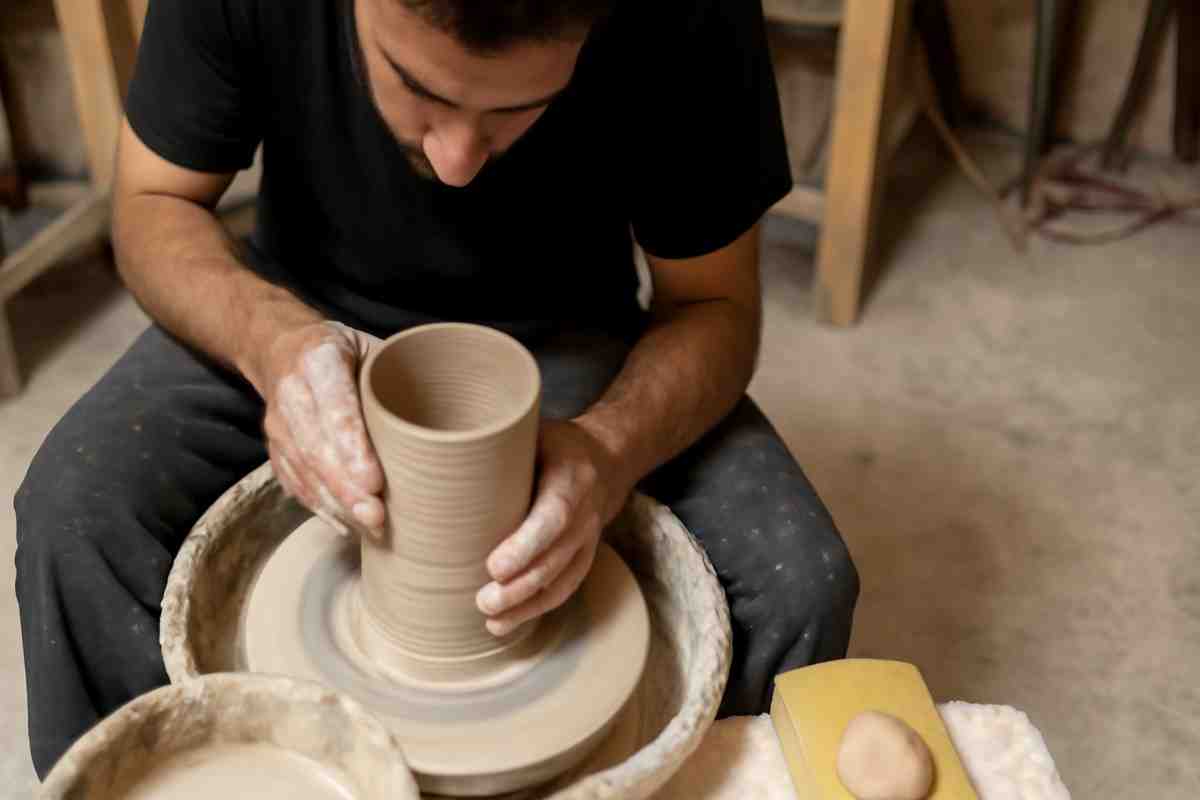
Leave a Reply